A unique combination of sea and sky, postcard-worthy landscapes, windmills and the most beautiful sunset in all of Europe … in short … SANTORINI. A trip to Santorini can be compared to a trip to a place of special, unique, magical beauty.

Situată în Marea Egee, cea mai sudică dintre insulele Cyclade, este locul în care stâncile ne povestesc despre cea mai mare catastrofă naturală care a scuturat zona Mediteranei dar care a creat două dintre cele mai faimoase plaje din lume: Plaja Roșie și Plaja Neagră.
Santorini este locul de unde pornește și mitul Atlantidei. În mijlocul insulei se află un lac cu apă albastră, care s-a format pe locul unui vulcan foarte vechi care, conform legendei, a distrus continentul pierdut, Atlantis, atunci când a erupt acum 3500 de ani, îngropând orașul antic Akrotiri (care acum este excavat) sub tone de cenușă.
The island is 96 square kilometers and is 130 nautical miles away from Piraeus. The steep coastline of the western part is in opposition to the extensive beaches on the east side, some sandy and some with pebbles.
Santorini consists of 5 islands: Thira, the touristic one, Thirassia (on the opposite side), NeaKameni, Palea Kameni (volcanic lava islands) and Aspronisi (uninhabited).
The island is typically Mediterranean, but without too much vegetation that can be easily visited from one side to the other due to the fact that the island is only 96 square kilometers.
Santorini surprises you in every corner and the visit here will make you believe that there is heaven on Earth, mountain and sea, white and blue, Orthodox churches but also local traditions are specific to the island.
The location is also famous for the Asyrtiko vine, adapted for the heat of the island. Vinsanto wine, a sweet wine is obtained from this vine, which has a special manufacturing process

The capital of the island is Fira, a port city, which impresses due to its narrow streets, traditional taverns, shops located on the rocky slopes, but also its wonderful beaches or crystal clear sea water. The capital of the island, Fira, is located on a volcanic wall, on a 300 m high cliff. The blinding white houses, with rounded roofs, look like cells dug in petrified lava, between them small and narrow streets lead to shops and taverns with a sea view.
Fira is very attractive, with narrow and winding streets, arcades and a district where the Catholic nobility once lived. There is a very important museum, with prehistoric discoveries (mostly pottery), a large collection of vessels dating from the 7th and 6th centuries BC, (including pieces known as “Thera ware” (Thera pottery), some ancient and classical pieces, and some Hellenistic and Roman sculptures.
If you set off from Skala to Fira you have to climb on foot or on a donkey’s back. There is also a funicular for those willing to avoid hundreds of steps.
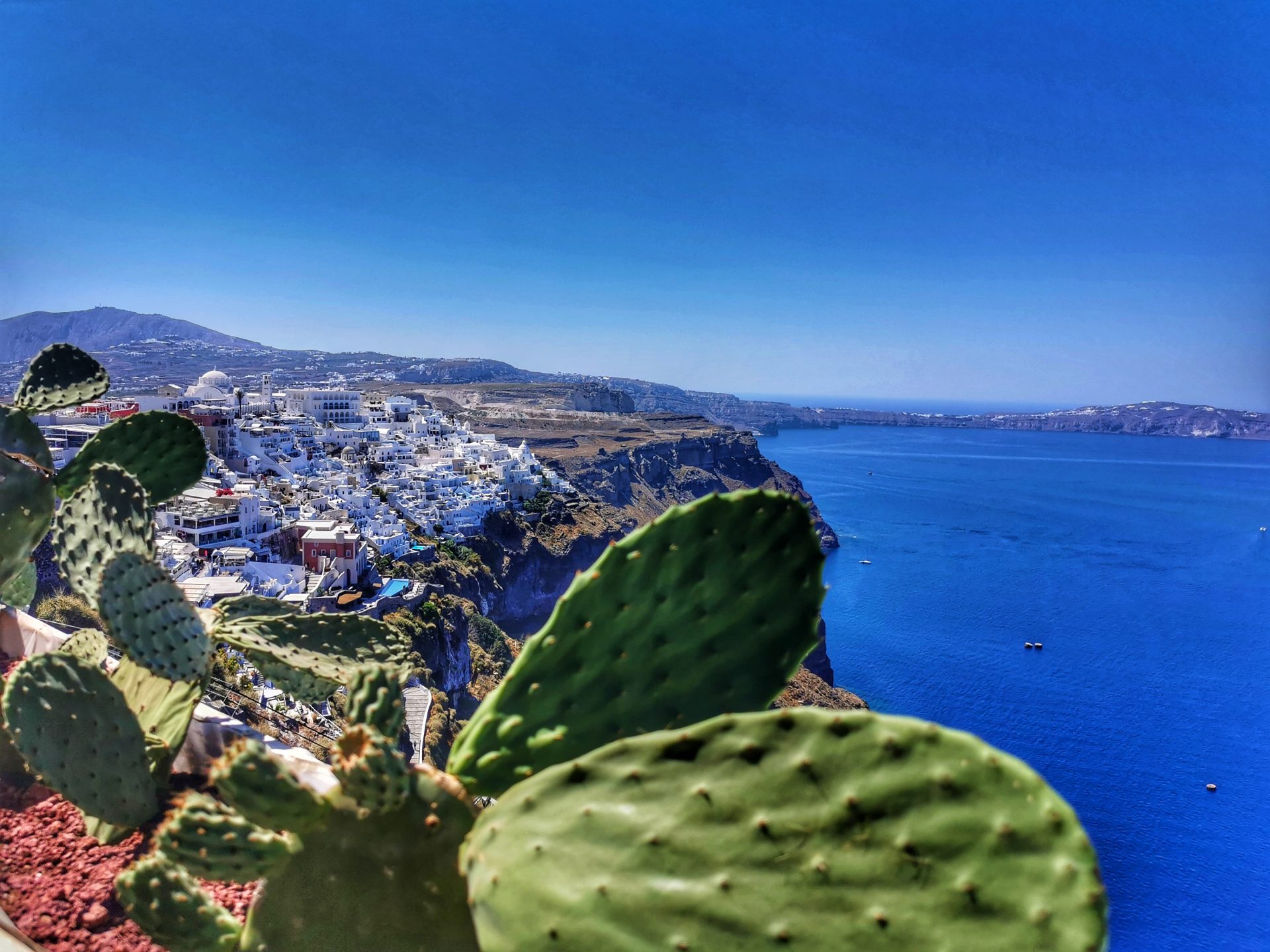
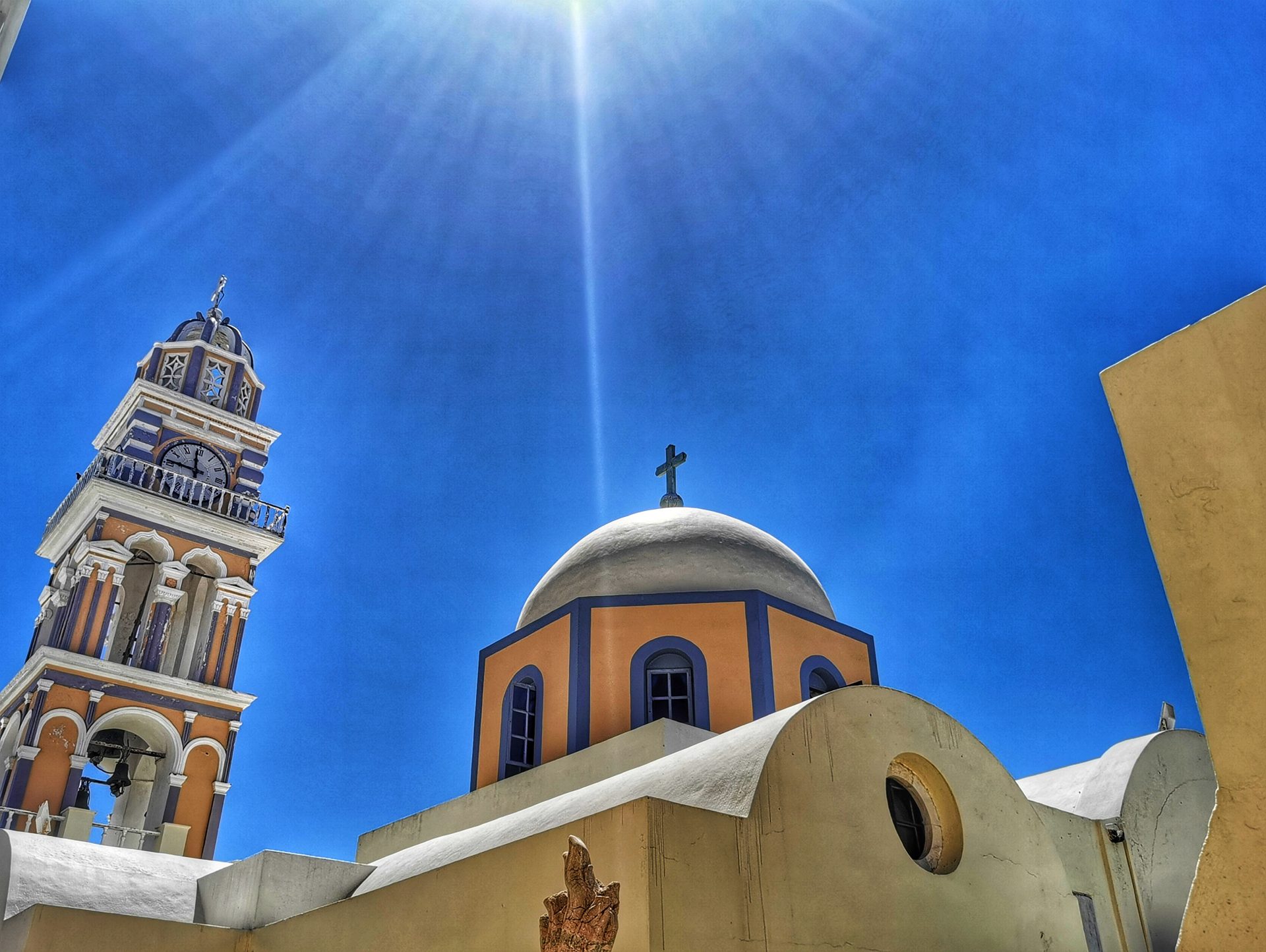
Ancient Thira is a place of great archaeological interest that was occupied by Phoenicians, Dorians, Romans and Byzantines. The buildings include groups of houses, squares, baths, theaters, shrines, the residence of Ptolemy Euergetes, tombs of the ancient and classical period and remnants of early Christianity. On the surrounding rocks, the names of the god Apollo and other gods are inscribed in the ancient alphabet of Thira.
Akrotiri offers the 43 vestiges of the city of Minoans destroyed around 1500 BC by an eruption of the volcano on Thira. Therefore, this is a prehistoric version of Pompeii buried under volcanic ash, with two- or three-storey houses, markets, shops, workshops and so on. The Monastery of Prophet Elijah is on the highest peak in Santorini, where a religious holiday is held on July 20 every year.
Those who are keen on history can visit in Santorini: the cave painting exhibition (three-dimensional reconstruction of the paintings found), the archeological site of Akrotiri (prehistoric period) and Mesa Vouno (ancient period), the wine museum, the Prehistoric museum, the ethnological museum, the Megaron Gyzi museum, naval museum, archeological museum, Dominican monastery, catholic cathedral, Pangaea diocese, orthodox metropolitan cathedral and the monastery of prophet Elias.
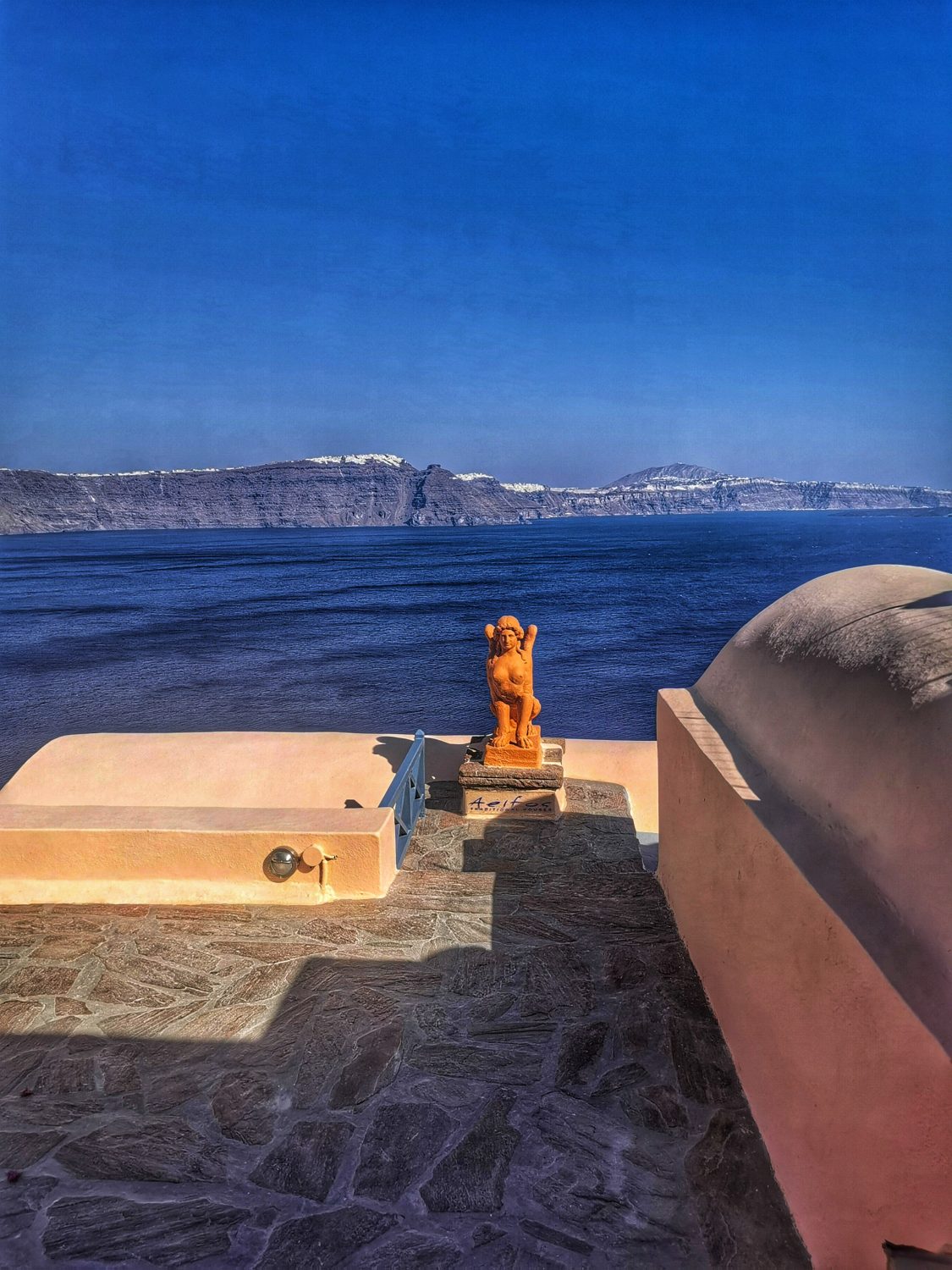


Oia este renumită prin apusurile de soare care au îmbrăcat forma unui ritual. Imediat după orele amiezii oamenii încep să se îndrepte spre terasele care dau spre mare.
Vechiul sat Oia se află la Nord de Fira și este un loc de o incomparabilă frumusețe. Farmecul unic al satului stă în căsuțele mici făcute din piatră moale (unele vopsite în alb, albastru sau ocru), în vilele neo-clasice cu grădini și în aleile înguste. Oferă totodată și o superbă vedere spre mare. Vacanțele în Santorini sunt recomandate celor care doresc să se bucure de peisaje uimitoare într-un decor romantic.

În Oia nu trebuie să ratați zona ”Kastro” care este, de fapt, un castel vechi, o rămășită a perioadei venețiene, datat din anul 1480, cu numele real de Kasteli Agios Nikolaos . De pe zidurile lui se poate admira apusul de soare, precum si o panoramă foarte bună asupra portului Ammoudi .
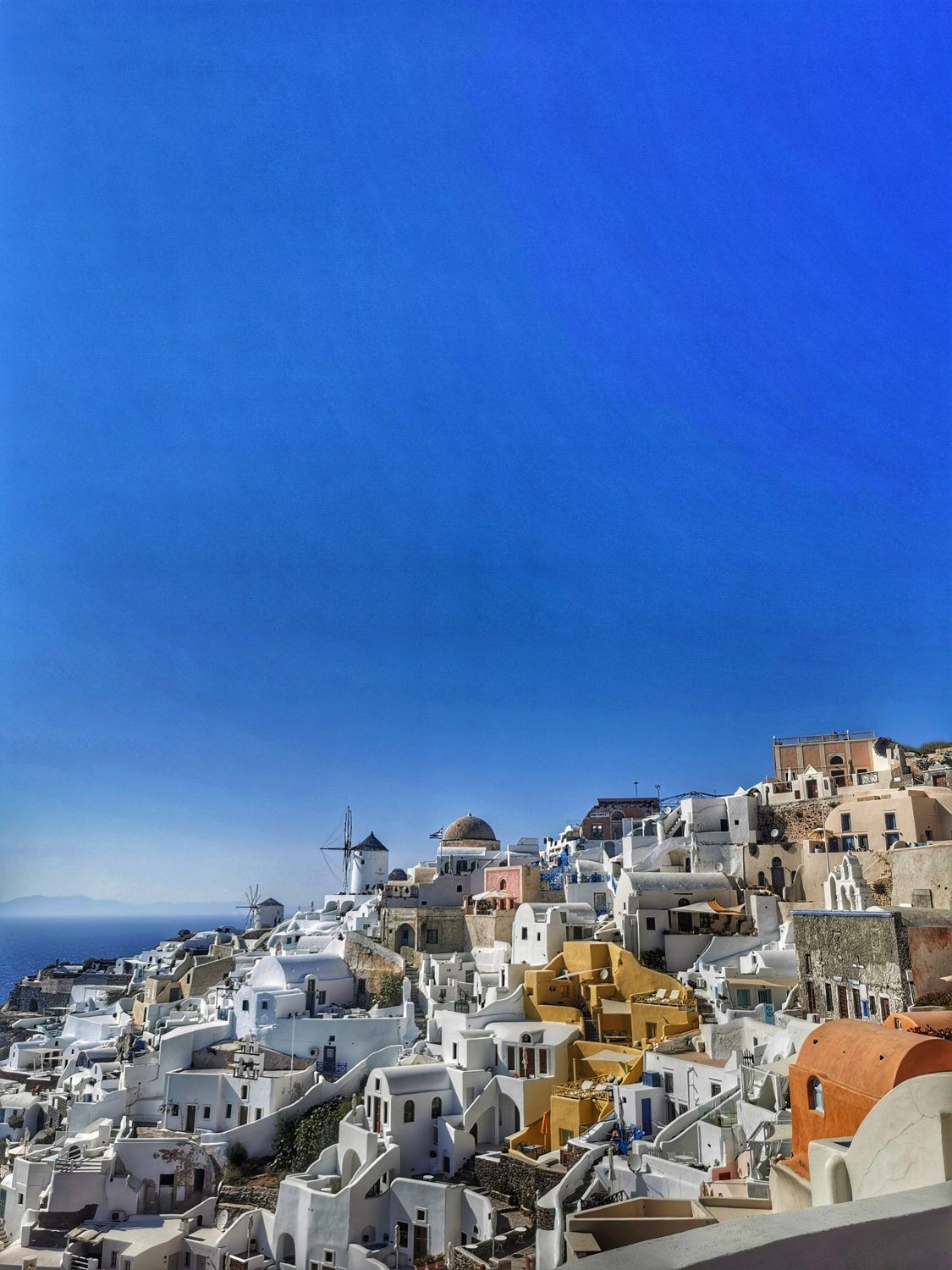

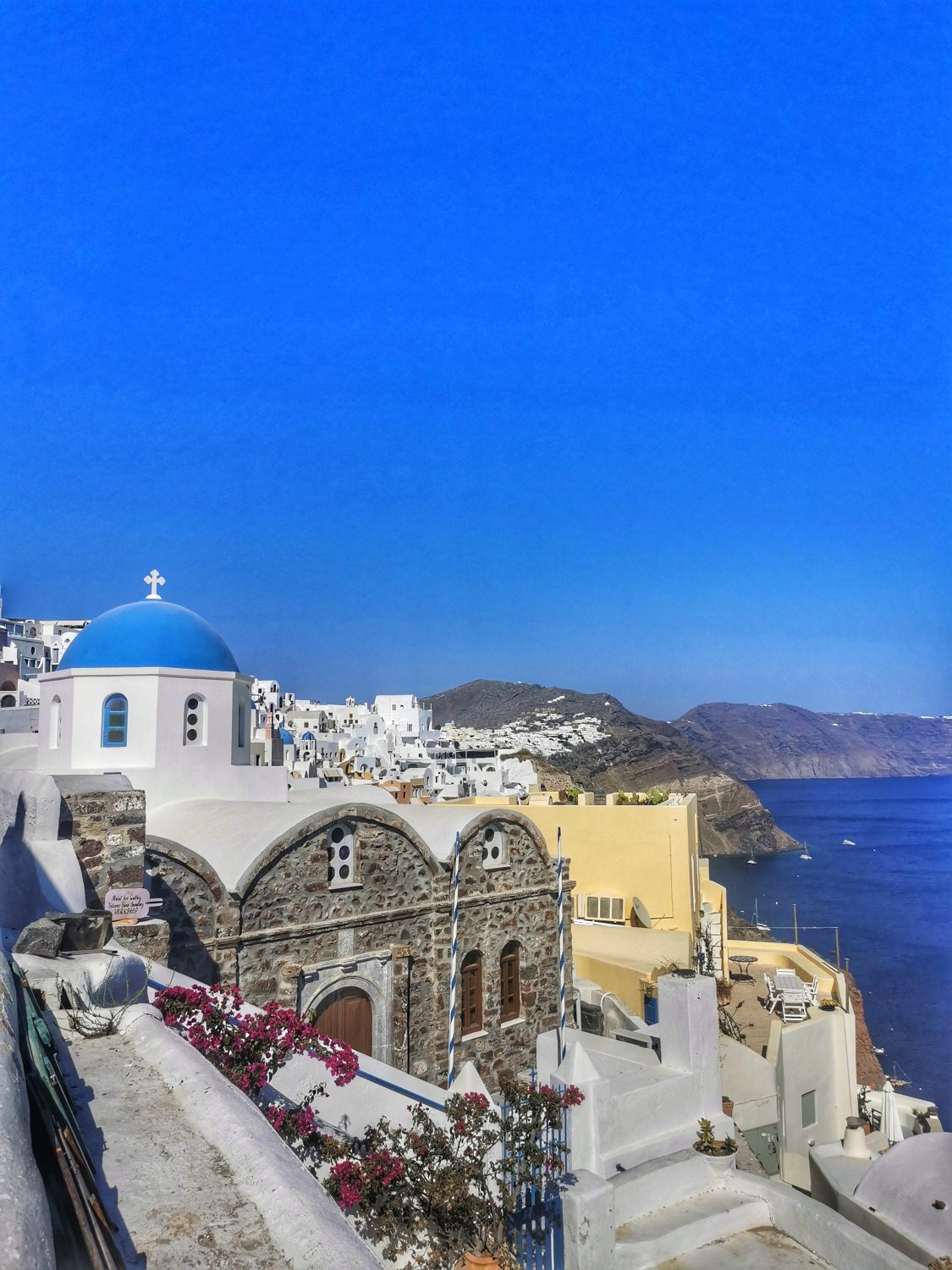
One of the most exclusive localities of the island is Imerovigli, the place where we were accommodated, which offers a spectacular view over the caldera and is also called the “balcony to the Aegean Sea”. This breathtaking panorama also reveals a tourist attraction, the Skaros rock. In the past, this used to be a landmark of the island, being an important fortress. Skaros Fortress was never conquered in its 600 years of existence and was built around 1200 for Jaccopo Barozzi and had two parts, Epano Kastro (Roka), the fortified fortress at the top of the cliff and Kato Kastro, a small castle in the area connecting with the rest of the island. In the past, this rock and the rest of the island were connected through a wooden bridge.
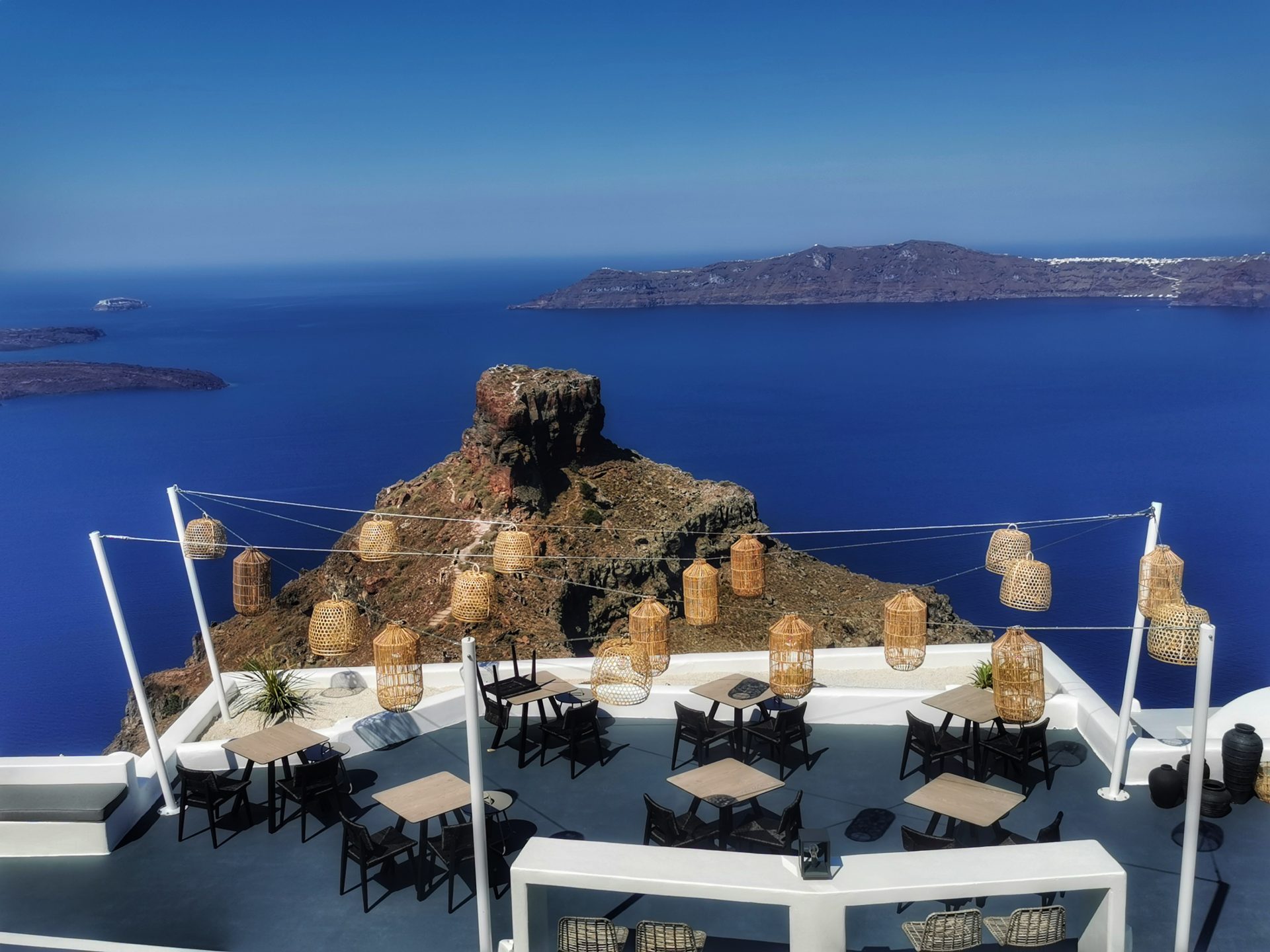
In Santorini, nature paints images of infinite beauty day by day ……
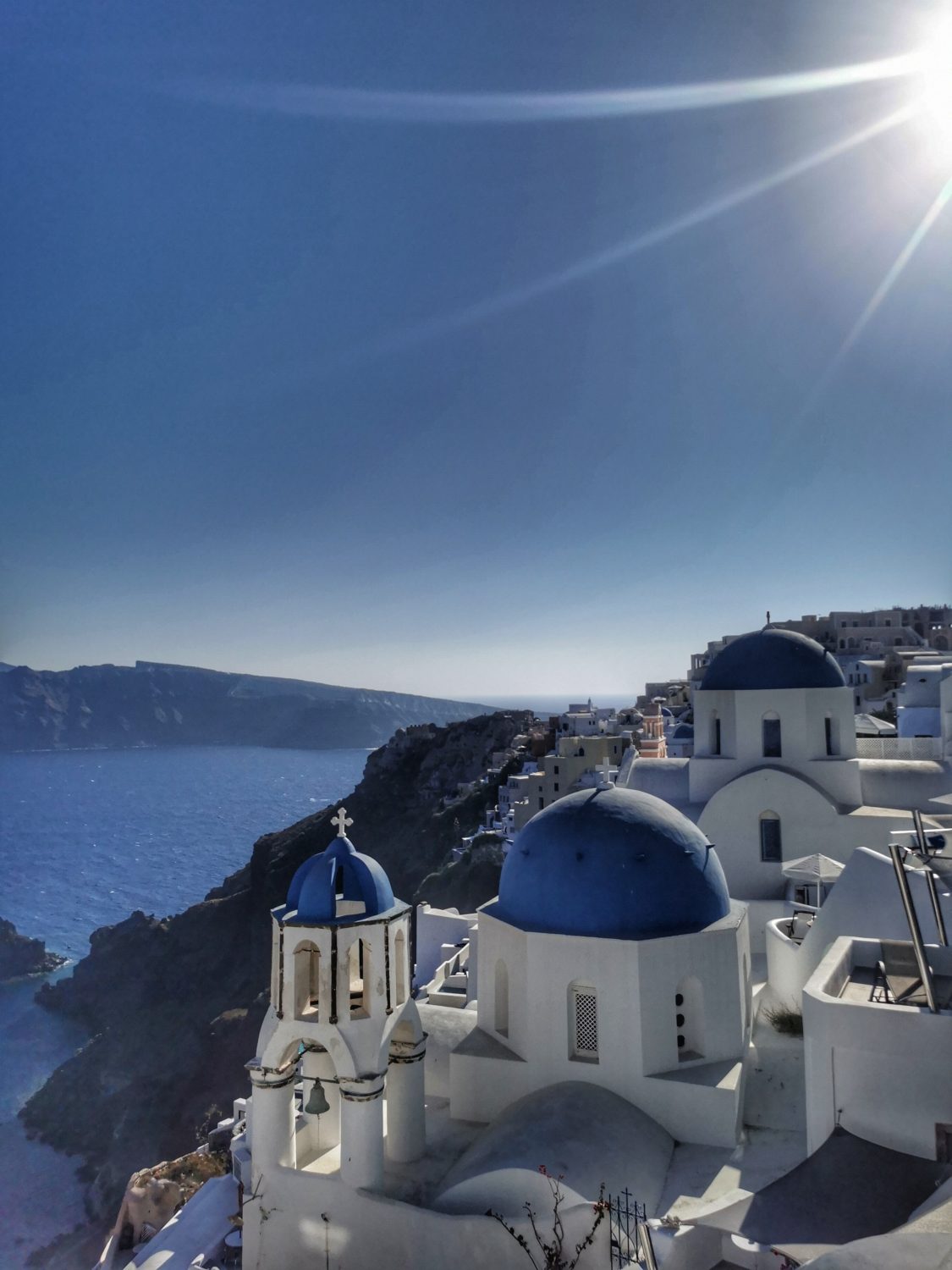
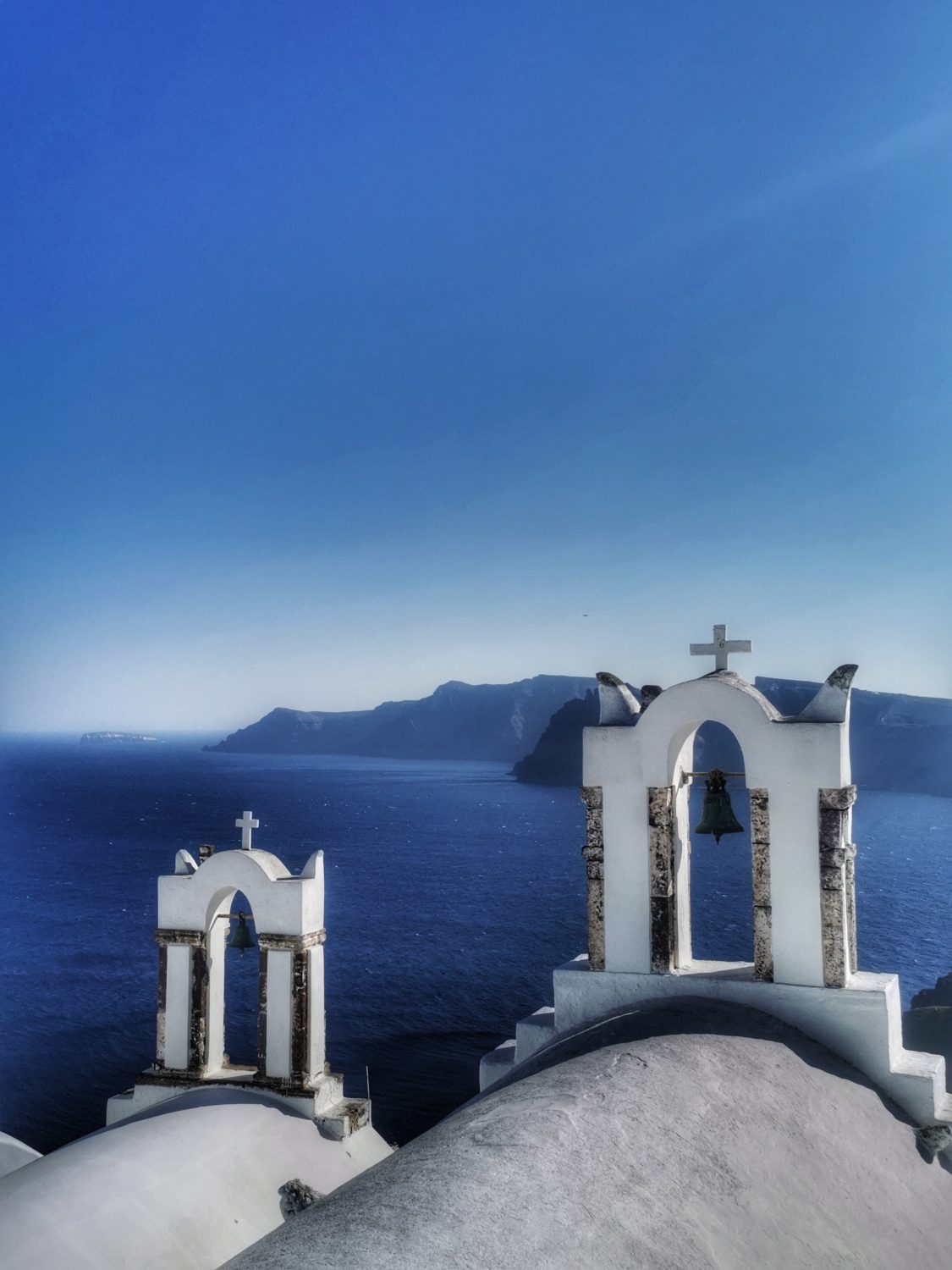

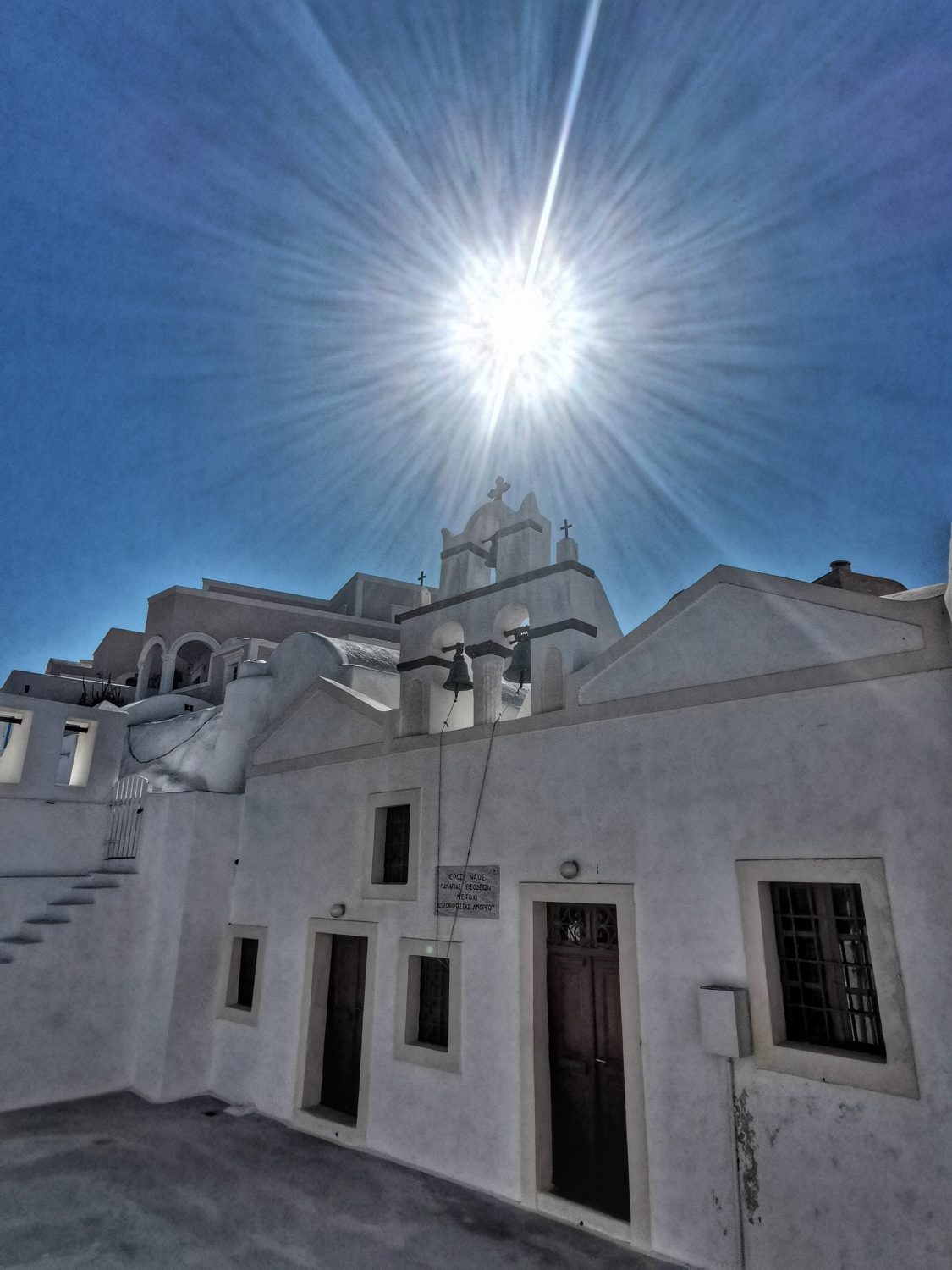

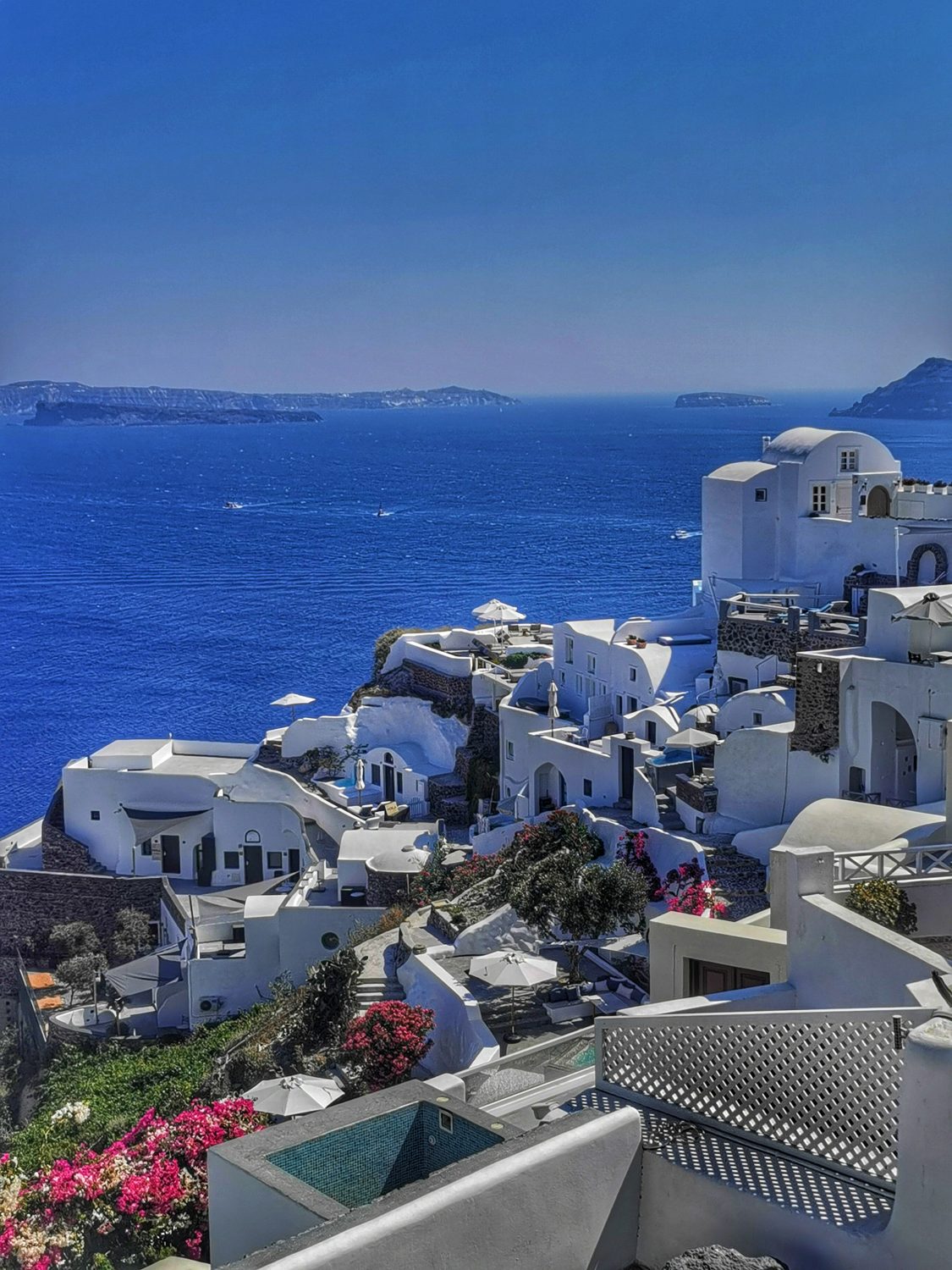

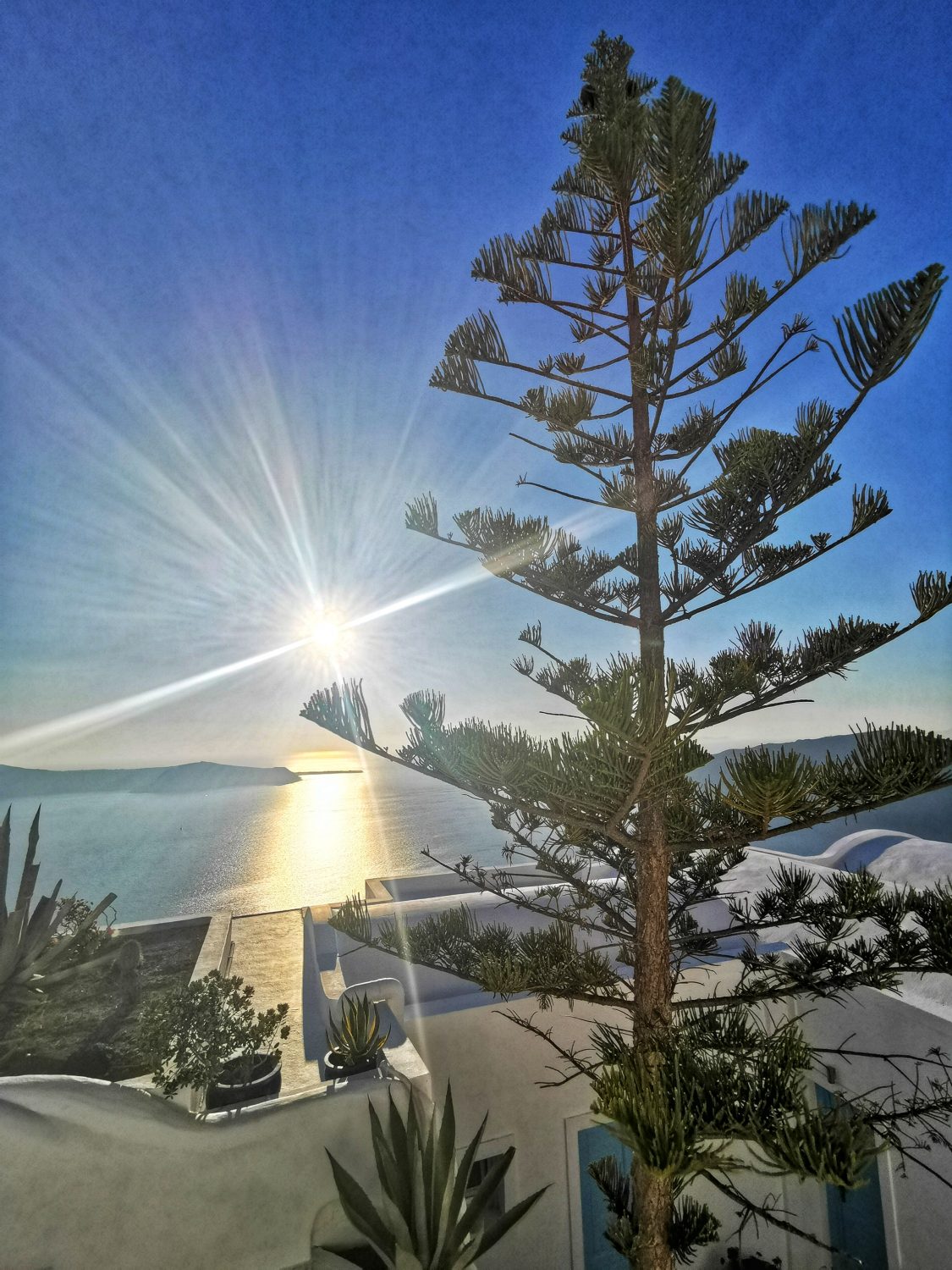
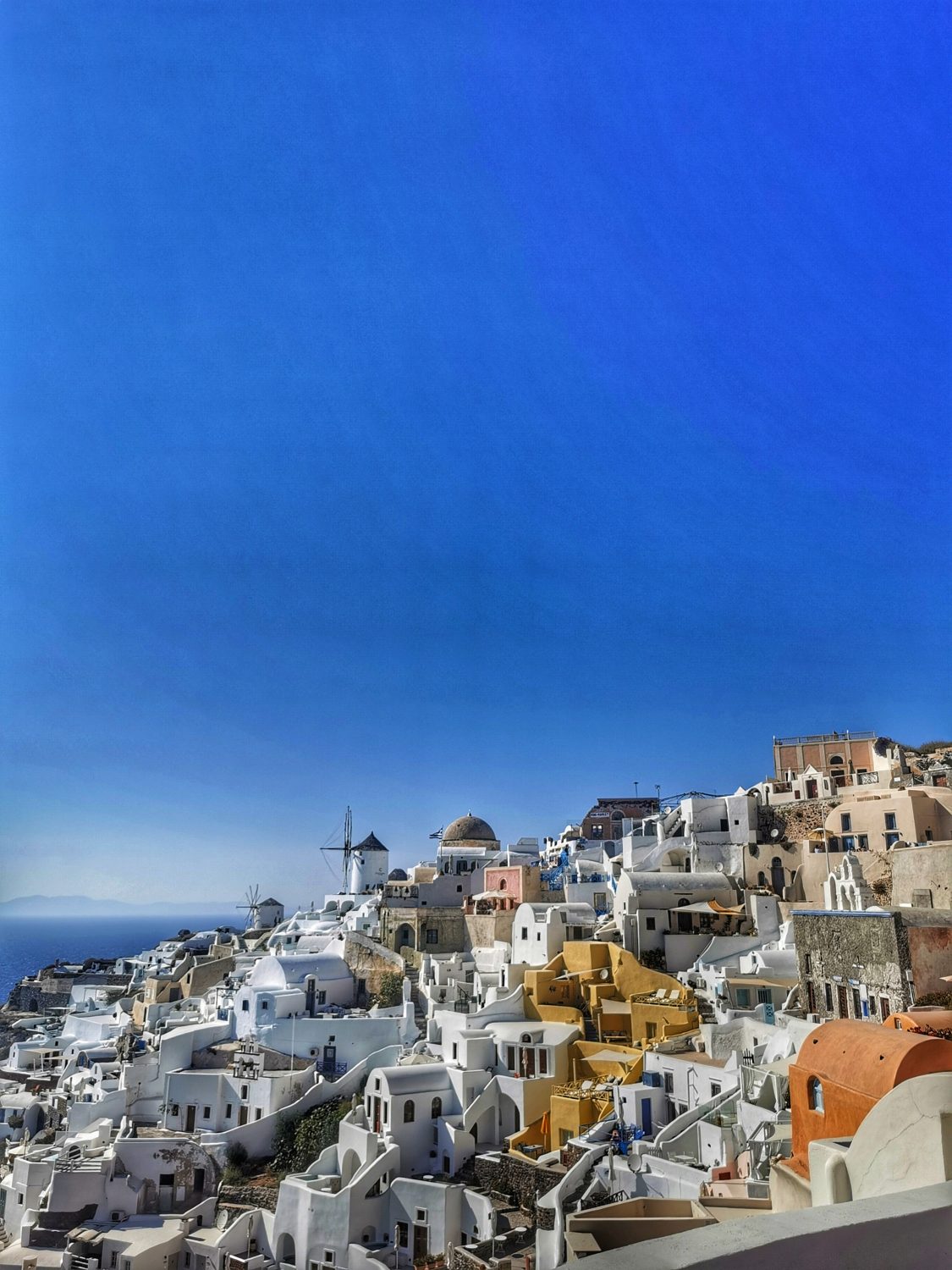
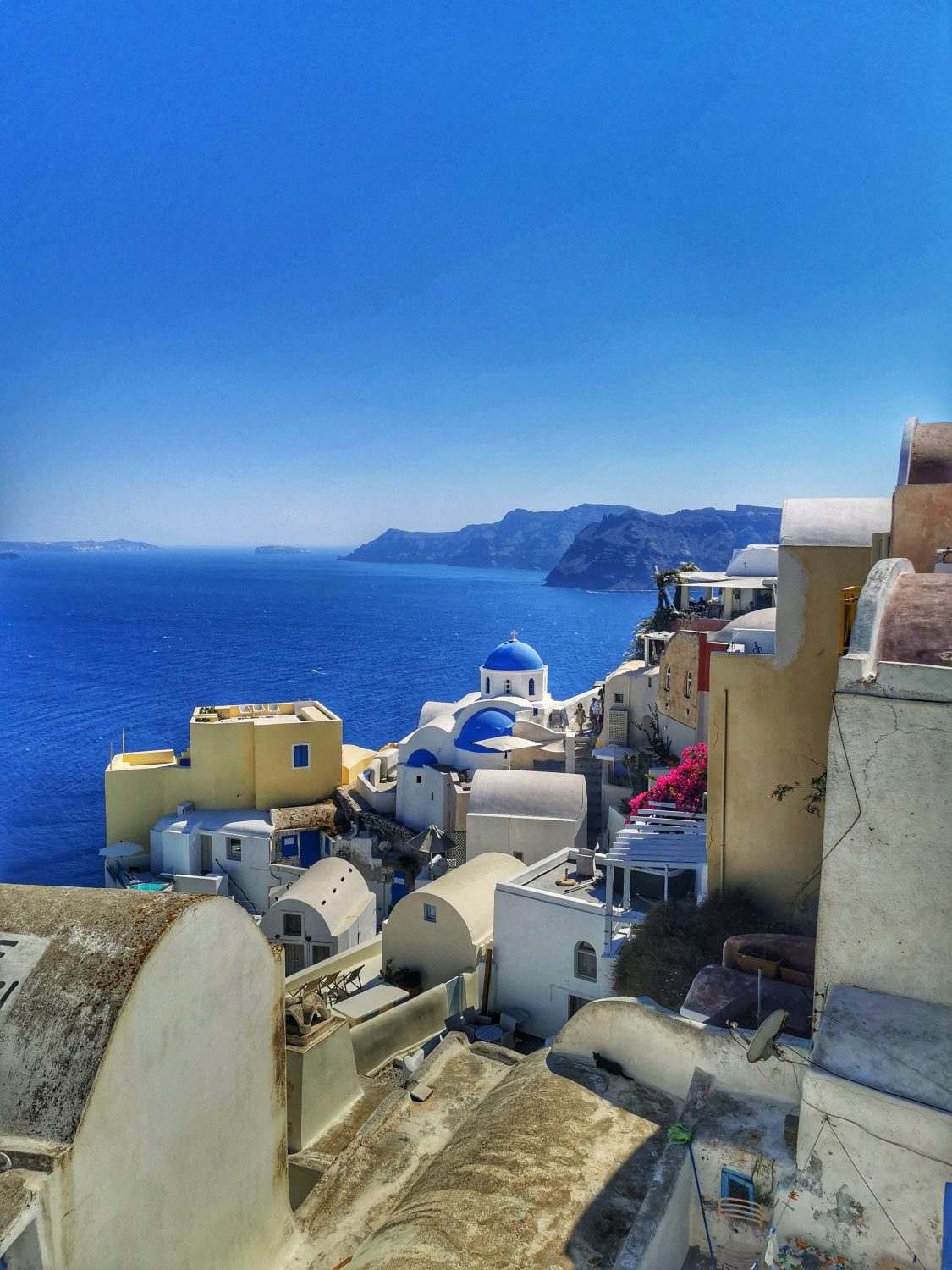



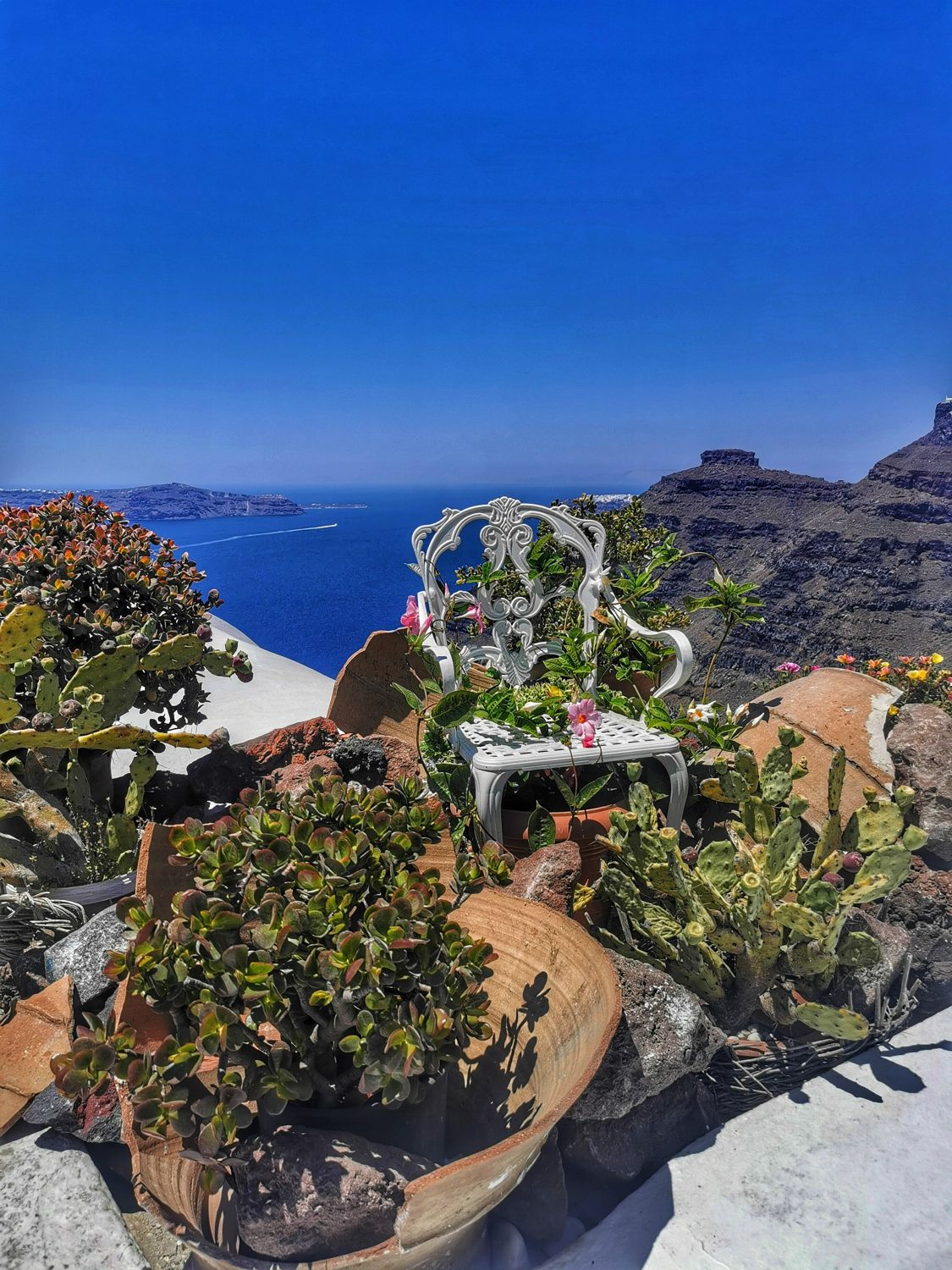
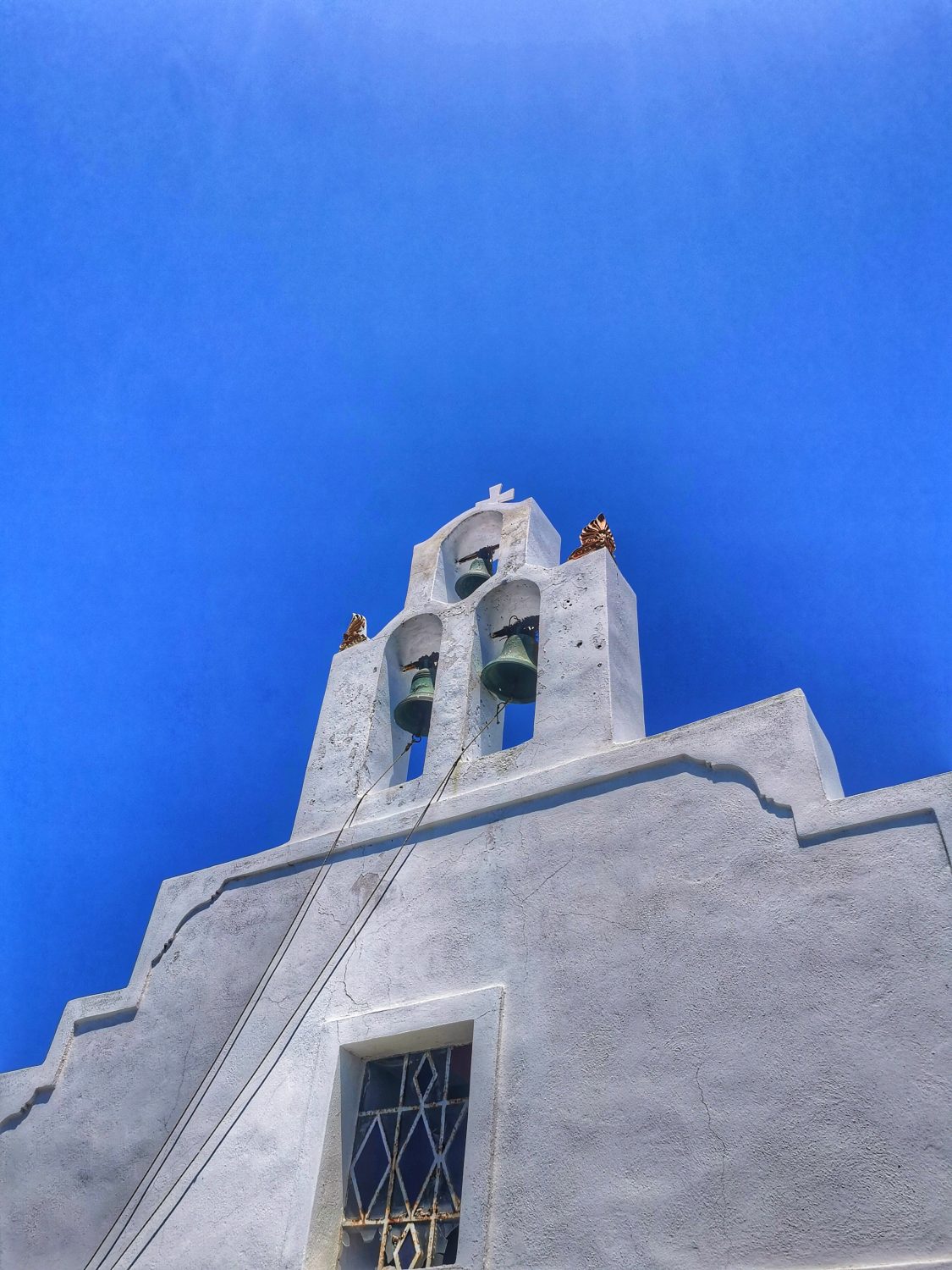
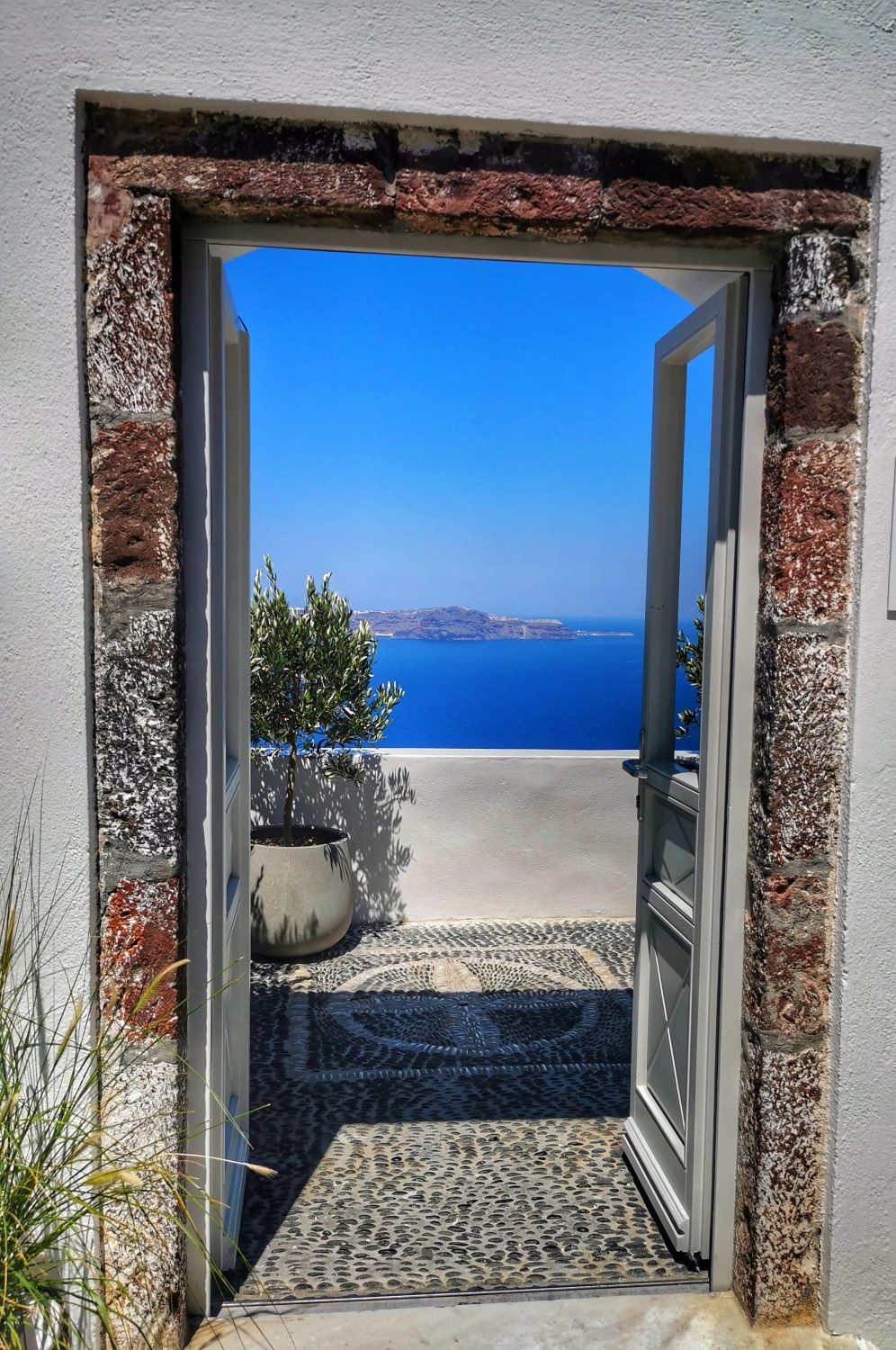
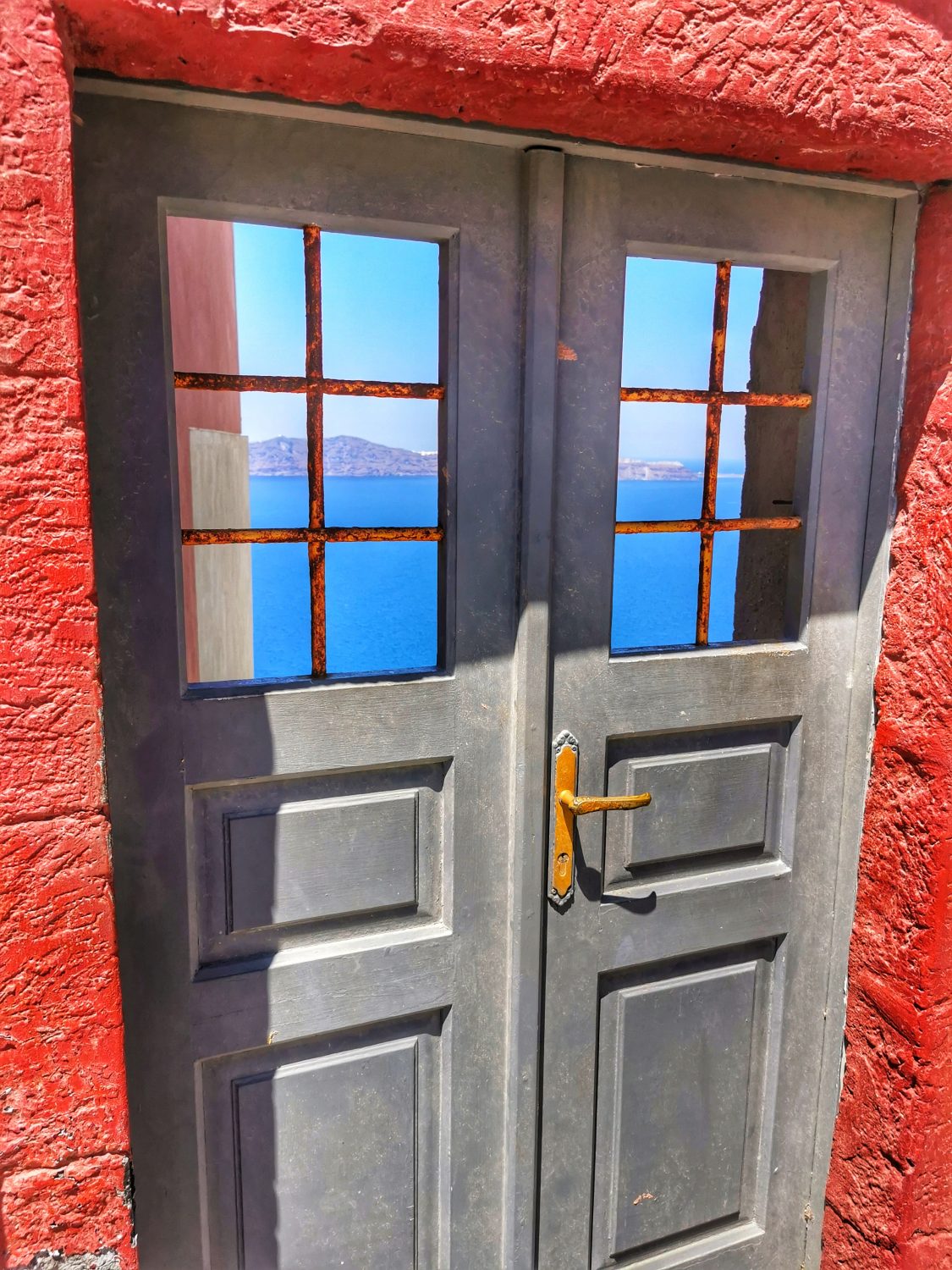


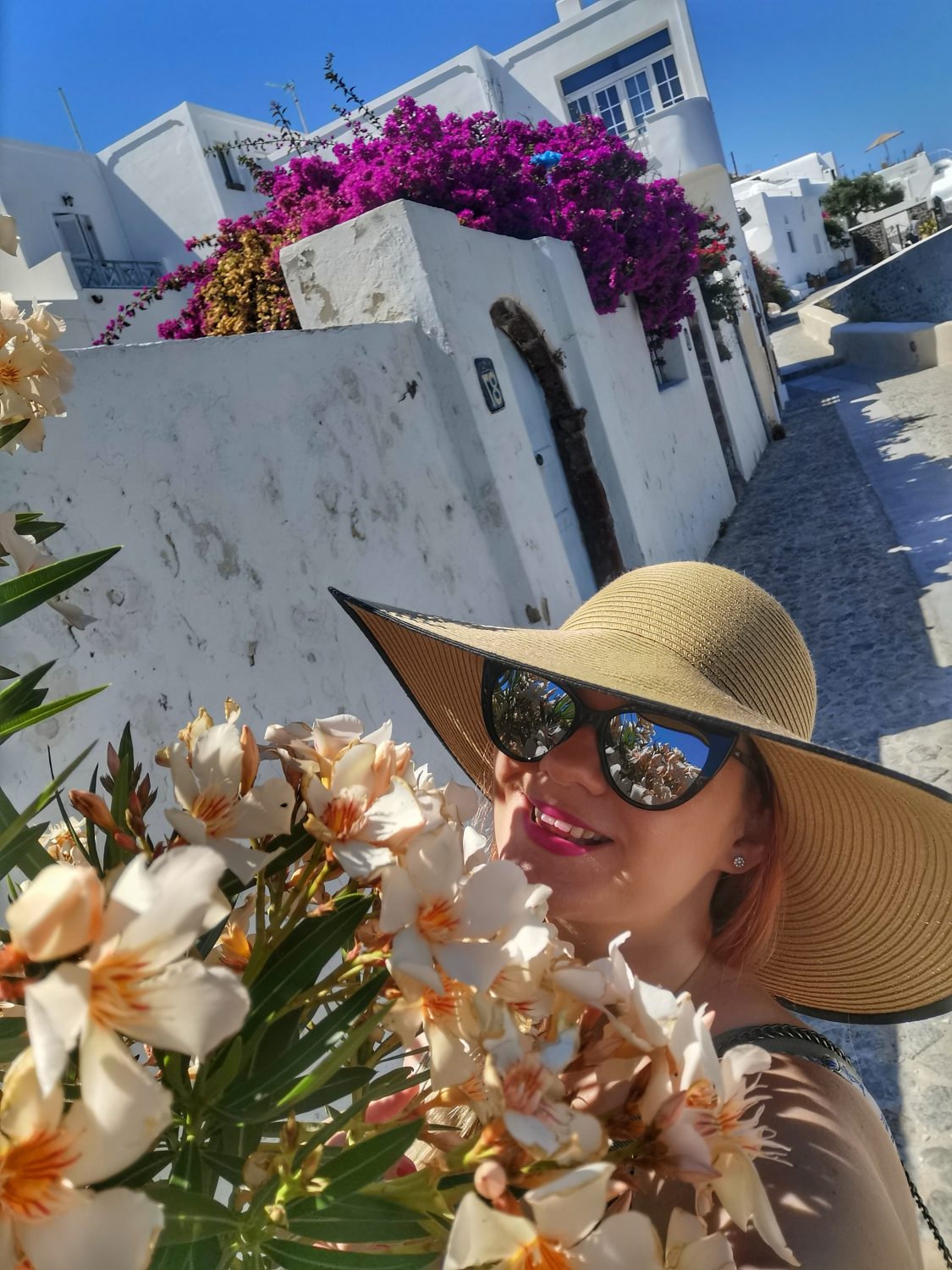


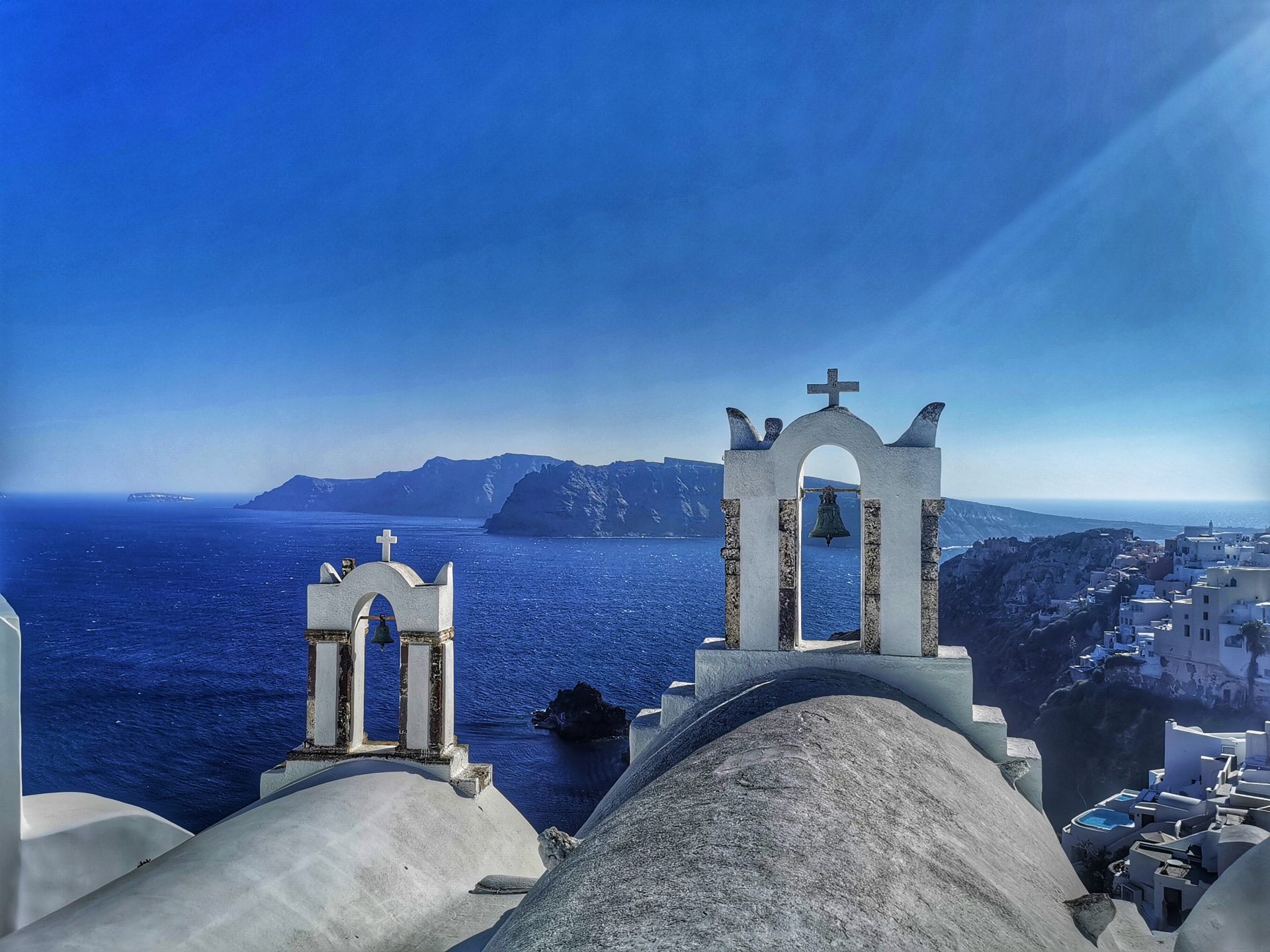
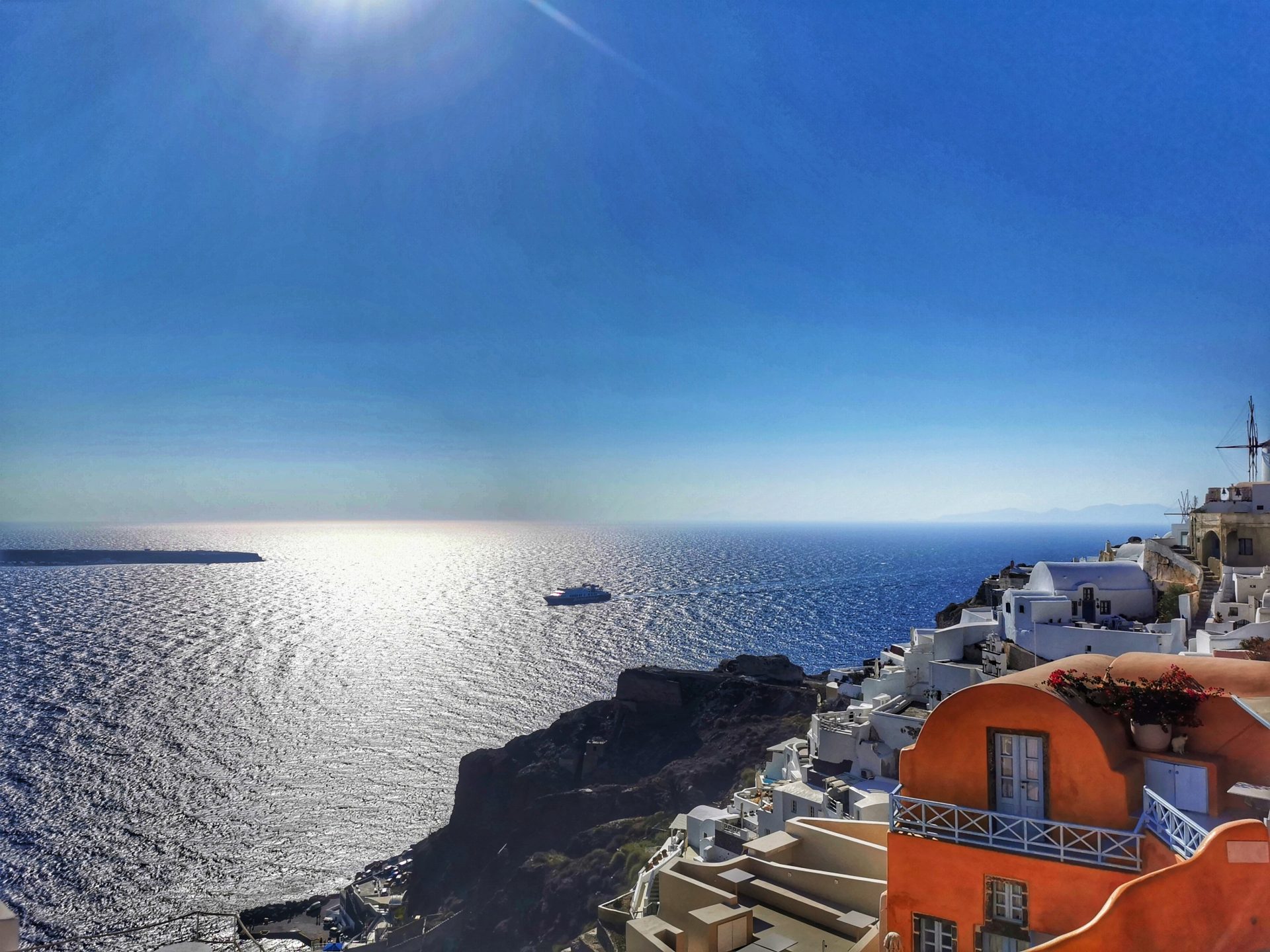




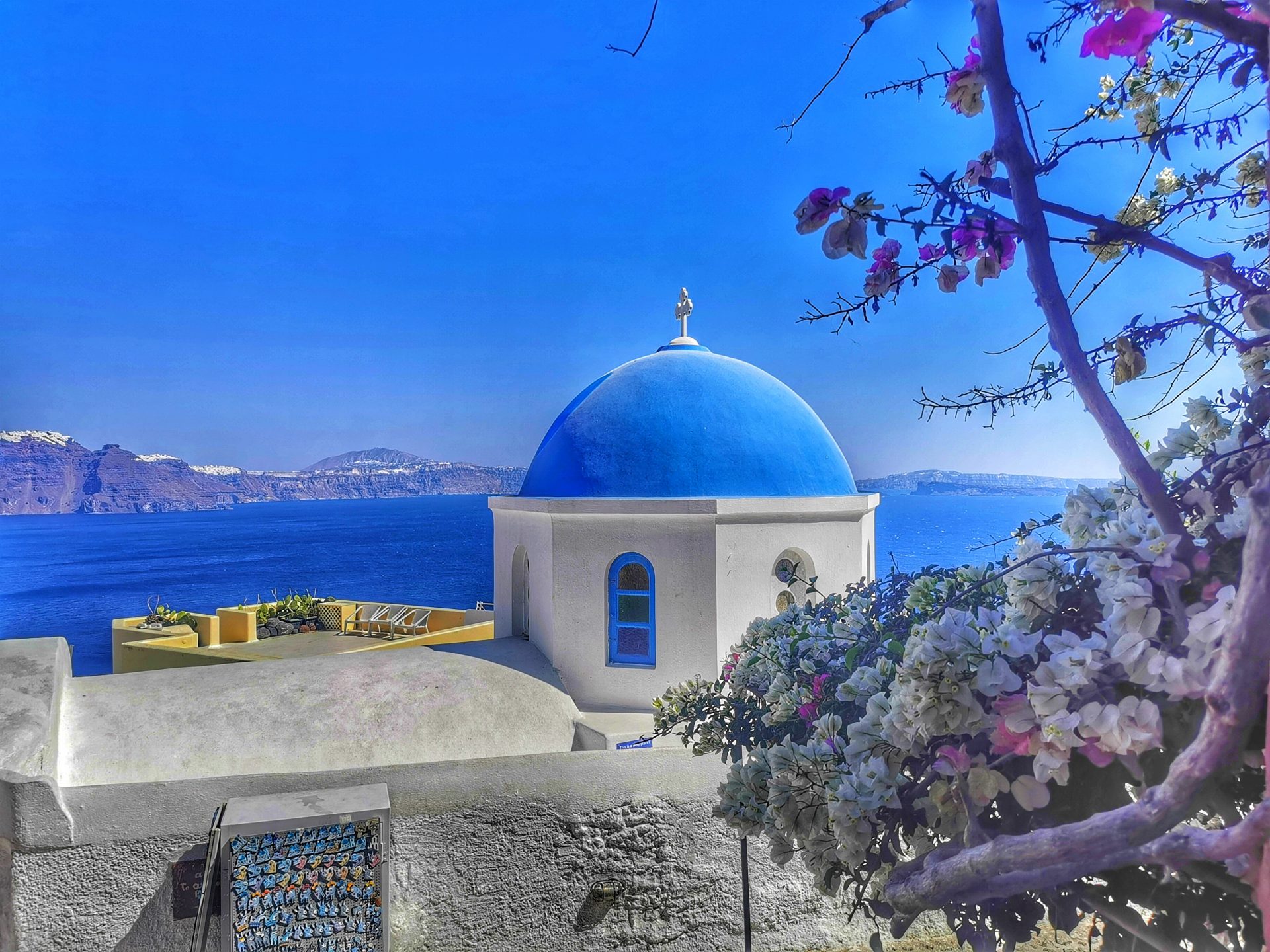

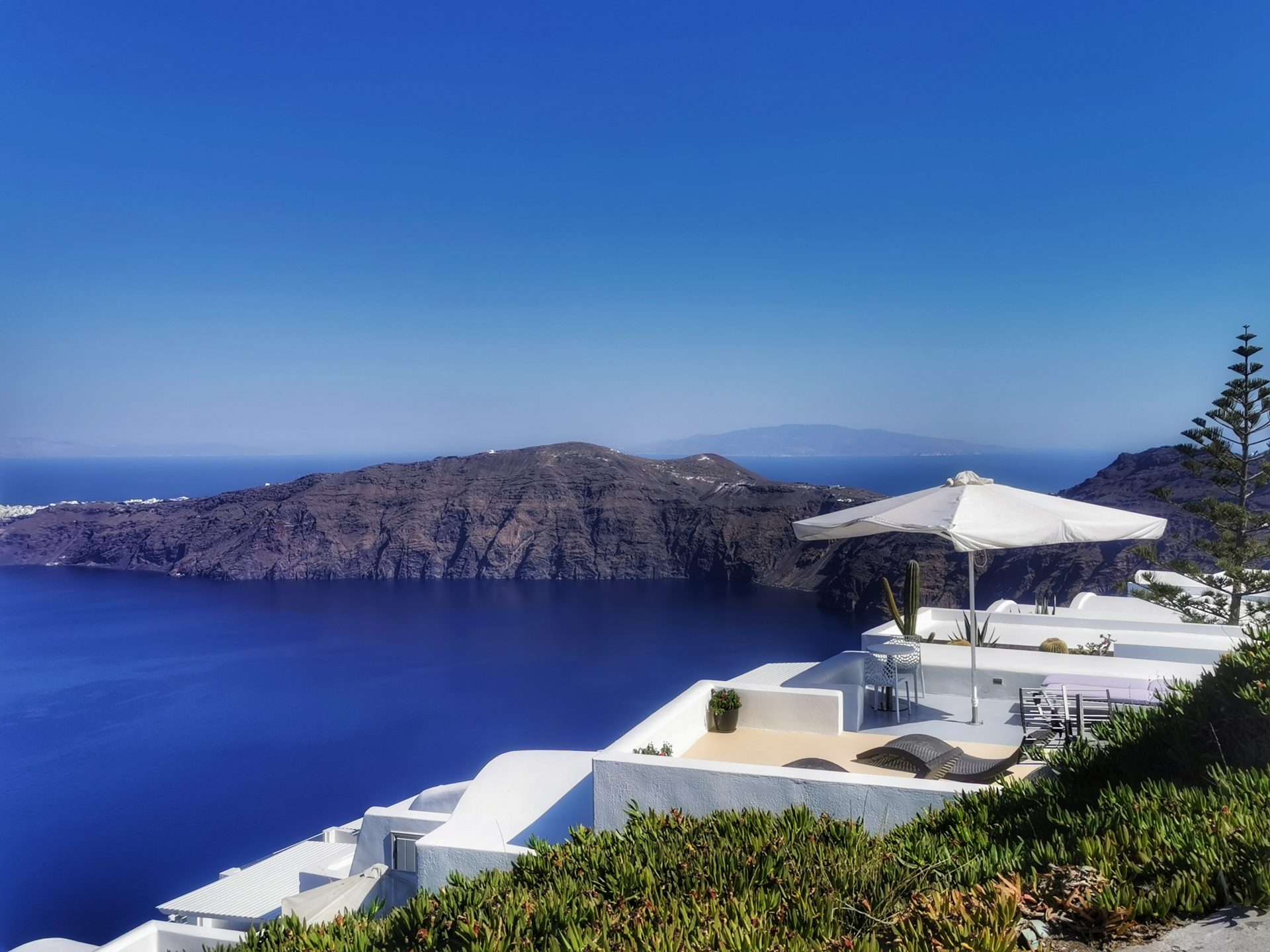
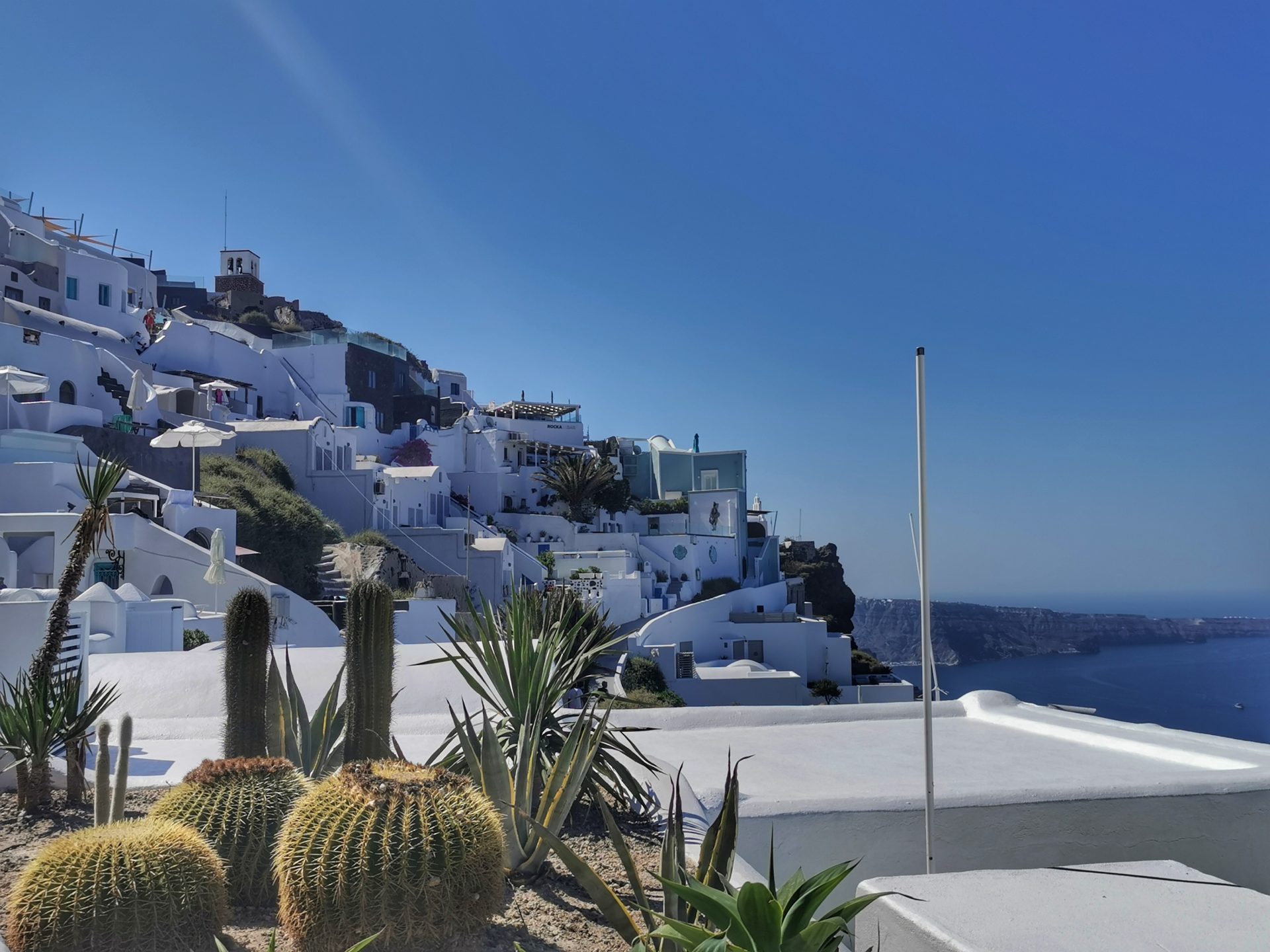
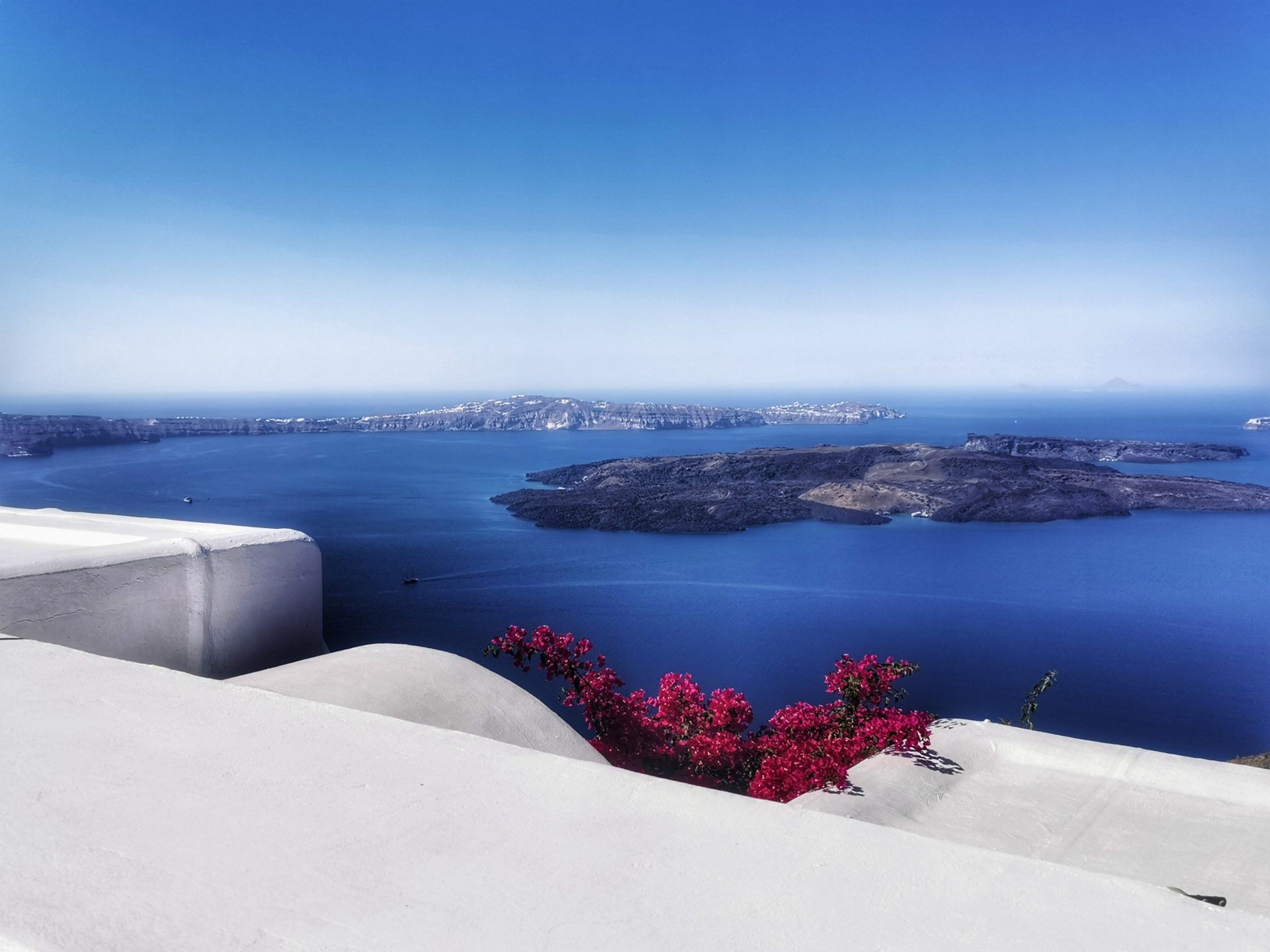

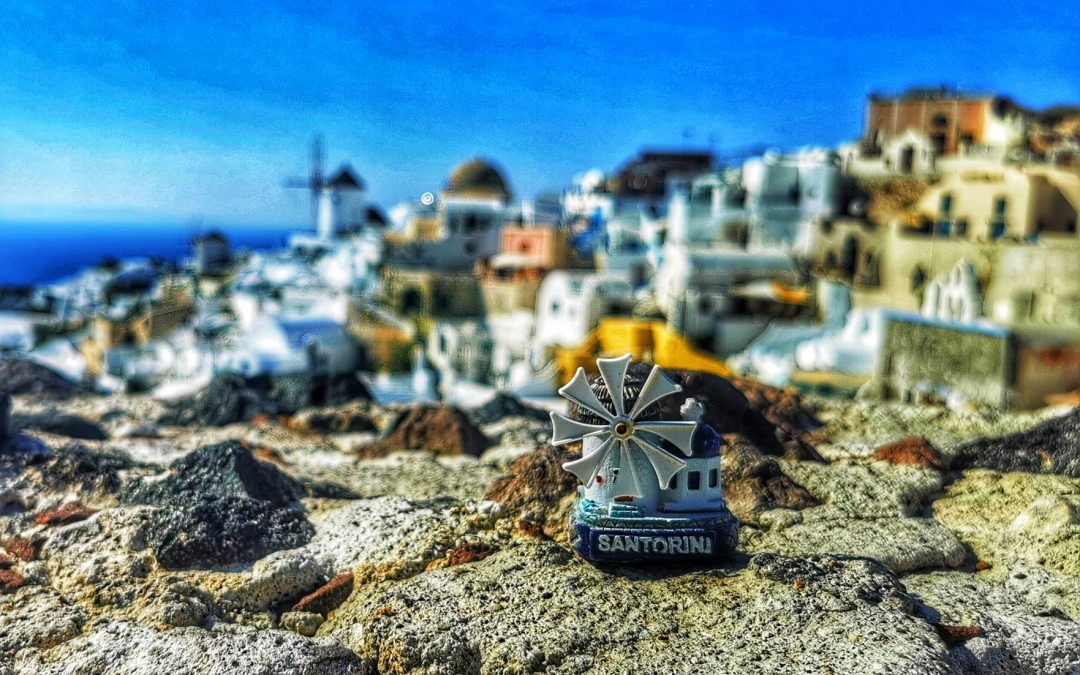
Trebuie sa faci parte la un concurs pentru unul dintre cele mai bune site-uri de pe internet. Cu siguranta voi recomanda acest blog!